
Kołobrzeg, historically known in English as Kolberg, is a city in the West Pomeranian Voivodeship in north-western Poland with about 47,000 inhabitants. Kołobrzeg is located on the Parsęta River on the south coast of the Baltic Sea. It has been the capital of Kołobrzeg County in West Pomeranian Voivodship since 1999, and was in Koszalin Voivodship from 1950 to 1998.

Greifswald, officially the University and Hanseatic City of Greifswald is a city in northeastern Germany.
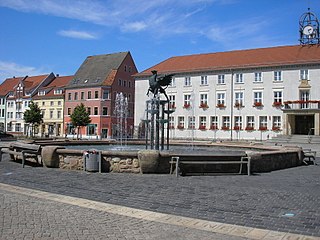
Anklam [German pronunciation: [ˈaŋklam](listen)], formerly known as Tanglim and Wendenburg, is a town in the Western Pomerania region of Mecklenburg-Vorpommern, Germany. It is situated on the banks of the Peene river, just 8 km from its mouth in the Kleines Haff, the western part of the Stettin Lagoon. Anklam has a population of 14,603 (2005) and was the capital of the former Ostvorpommern district. Since September 2011, it has been part of the district of Vorpommern-Greifswald.

Hamm is a city in North Rhine-Westphalia, Germany. It is located in the northeastern part of the Ruhr area. As of 2016 its population was 179,397. The city is situated between the A1 motorway and A2 motorway. Hamm railway station is an important hub for rail transport and renowned for its distinctive station building.

Oberhausen is a city on the river Emscher in the Ruhr Area, Germany, located between Duisburg and Essen. The city hosts the International Short Film Festival Oberhausen and its Gasometer Oberhausen is an anchor point of the European Route of Industrial Heritage.
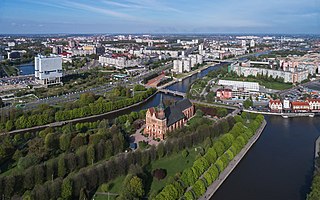
Kneiphof was a quarter of central Königsberg, Germany. During the Middle Ages it was one of the three towns that composed the city of Königsberg, the others being Altstadt and Löbenicht. The town was located on a 10-hectare (25-acre) island of the same name in the Pregel River and included Königsberg Cathedral and the original campus of the University of Königsberg. Its territory is now part of the Moskovsky District of Kaliningrad, Russia.
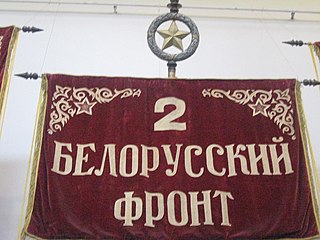
The 2nd Belorussian Front was a military formation, of Army group size, of the Soviet Army during the Second World War. Soviet army groups were known as Fronts.

Demmin is a town in the Mecklenburgische Seenplatte district, Mecklenburg-Western Pomerania, Germany. It was the capital of the former district of Demmin.

Hersbruck is a small town in Middle Franconia, Bavaria, Germany, belonging to the district Nürnberger Land. It is best known for the late-gothic artwork of the Hersbruck altar, the "Hirtenmuseum" and the landscape of Hersbruck Switzerland.
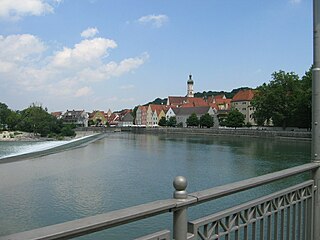
Landsberg am Lech is a town in southwest Bavaria, Germany, about 65 kilometers west of Munich and 35 kilometers south of Augsburg. It is the capital of the district of Landsberg am Lech.

The Latvian War of Independence, sometimes called the Latvia's freedom fights or the Latvian War of Liberation, was a series of military conflicts in Latvia between 5 December 1918, after the newly proclaimed Republic of Latvia was invaded by Soviet Russia, and the signing of the Latvian-Soviet Riga Peace Treaty on 11 August 1920.
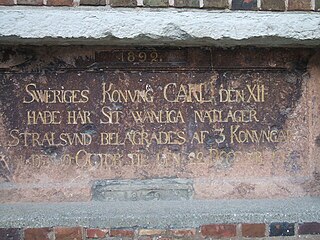
The Siege of Stralsund was a battle during the Great Northern War. The Swedish Empire defended her Swedish Pomeranian port of Stralsund against a coalition of Denmark-Norway, the Electorate of Saxony and the Tsardom of Russia, which was joined by the Kingdom of Prussia during the siege.

Hohenfels is a municipality in the district of Neumarkt in the region of Upper Palatinate in Bavaria, Germany. The town is host to the United States Army Garrison Hohenfels, which operates the Joint Multinational Readiness Center for training NATO armed forces.

The Gumbinnen Operation, also known as the Goldap Operation, was a Soviet offensive on the Eastern Front late in 1944, in which forces of the 3rd Belorussian Front attempted to penetrate the borders of East Prussia.

The Treaty of Stettin or Alliance of Stettin was the legal framework for the occupation of the Duchy of Pomerania by the Swedish Empire during the Thirty Years' War. Concluded on 25 August (O.S.) or 4 September 1630 (N.S.), it was predated to 10 July (O.S.) or 20 July 1630 (N.S.), the date of the Swedish Landing. Sweden assumed military control, and used the Pomeranian bridgehead for campaigns into Central and Southern Germany. After the death of the last Pomeranian duke in 1637, forces of the Holy Roman Empire invaded Pomerania to enforce Brandenburg's claims on succession, but they were defeated by Sweden in the ensuing battles. Some of the Pomeranian nobility had changed sides and supported Brandenburg. By the end of the war, the treaty was superseded by the Peace of Westphalia (1648) and the subsequent Treaty of Stettin (1653), when Pomerania was partitioned into a western, Swedish part, and an eastern, Brandenburgian part.

The Capitulation of Franzburg was a treaty providing for the capitulation of the Duchy of Pomerania to the forces of the Holy Roman Empire during the Thirty Years' War. It was signed on 10 November (O.S.) or 20 November (N.S.) 1627 by Bogislaw XIV, Duke of Pomerania and Hans Georg von Arnim, commander in chief of an occupation force belonging to the army of Ferdinand II, Holy Roman Emperor, led by Albrecht von Wallenstein. While the terms of the capitulation were unfavourable for the Duchy of Pomerania already, occupation became even more burdensome when the occupation force did not adhere to the restrictions outlined in Franzburg. Stralsund resisted with Danish, Swedish and Scottish support, another Danish intervention failed. Imperial occupation lasted until Swedish forces invaded in 1630, and subsequently cleared all of the Duchy of Pomerania of imperial forces until 1631.
The Battle of Stralsund on 31 May 1809 was a battle during the War of the Fifth Coalition, part of the Napoleonic Wars, between Ferdinand von Schill's freikorps and Napoleonic forces in Stralsund. In a "vicious street battle", the freikorps was defeated and Schill was killed in action.

The 389th Infantry Division was a German division of the Wehrmacht in the Second World War, which fought for example in the Battle of Stalingrad. It was formed on 27 January 1942 in Milowitz.
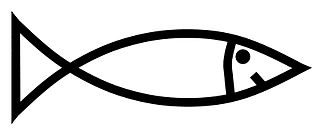
The 35th Infantry Division was a German Army infantry division in World War II.
The XXI Army Corps, also at times designated Group Falkenhorst and Group XXI, was a corps of the German Heer during World War II. It was first deployed on 10 August 1939 in Wehrkreis I in East Prussia. It participated in Operation Weserübung in early 1940. Later that year, it became Armeegruppe XXI. In 1941, the XXI Army Corps was restructured to an army-level unit, Armee Norwegen. In 1943, another corps-level unit carrying the ordinal number 21 was created, the XXI Mountain Corps.























